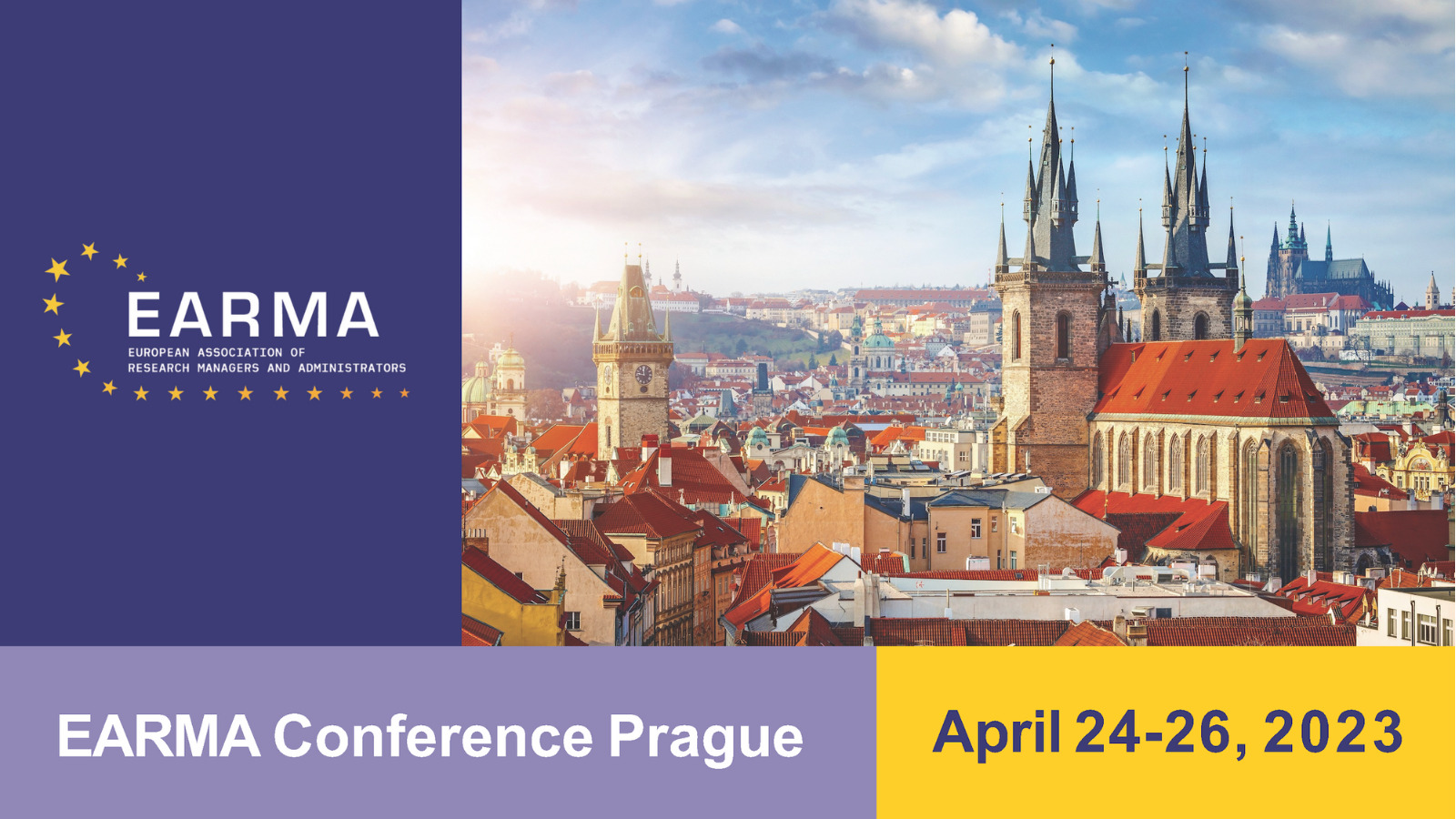Communication strategies for the RMA Community
Communication strategies to boost a proactive RMA Community – The Italian way
Conference
Format: Poster
Topic: Professional Development and Recognition
Session: 📋 Poster Session
Tuesday 25 April 10:15 a.m. - 11:45 a.m. (UTC)
Abstract
The purpose of this abstract is to present the communication strategies and initiatives being implemented by Italian Universities, Research Centers, and other organizations giving voice to the Italian RMA community. This consists of a growing number of professionals who support researchers and research projects. Their direct contribution to the quality of the national performance in research is generally acknowledged in theory, but they are only occasionally recognized through consistent opportunities to move up in their careers.
As a result, a group of independent colleagues from across the country has embarked on a journey toward the acknowledgment of the RMA role in Italy and a greater understanding of RMAs' potential as key institutional players.
This Italian RMA community is shaping its identity through communication and networking initiatives. A simple and effective plan has been developed to implement good communication strategies, to promote community relationships and increase the number of members. It also includes an editorial strategy as a road map for creating and distributing content through social media.
The Community participates in international and national conferences on a regular basis through its members and working groups, with its website and LinkedIn group serving as main channels for raising awareness and sharing information.
The purpose of the Italian case study is to illustrate the design and review of communication strategies to engage the RMA community. Obstacles encountered during the process (e.g. regarding the profession’s cultural and institutional recognition or related to a lack of dedicated resources and fundings), as well as potential solutions to some of the experienced difficulties, are explored.
The proposed case should inspire a lively discussion about which solutions have proven to be the most effective and how current challenges are working as a catalyst for new ideas. Perhaps, the Italian way could be beneficially shared in other growing communities, both within and outside Europe.


